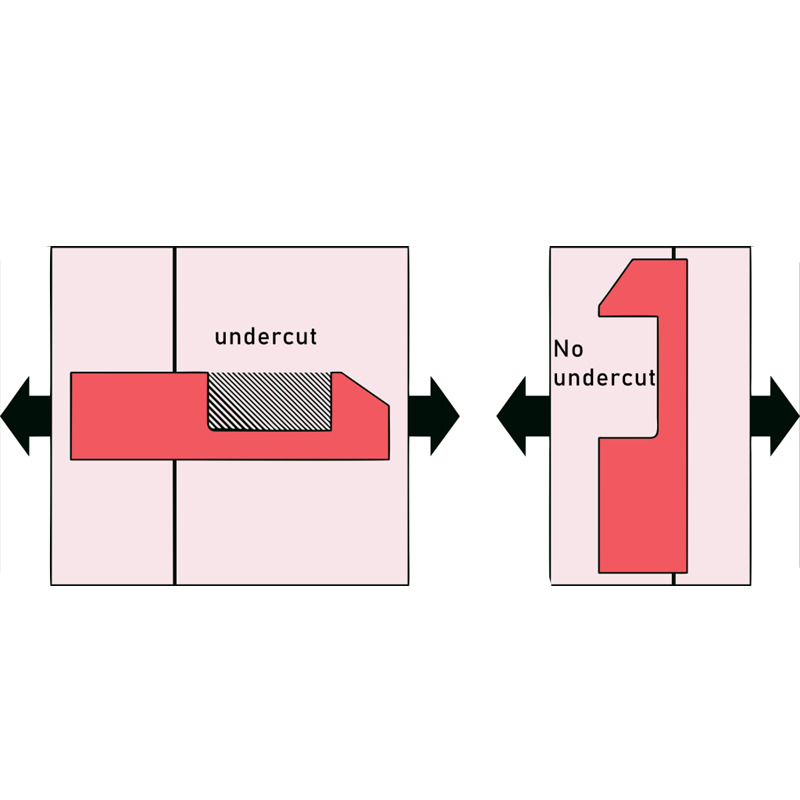Undercuts in injection molding refer to design features that enable the production of parts with intricate shapes. However, these complex designs introduce significant challenges, as molded components with undercuts can be difficult to extract from the mold. Additionally, undercuts increase the complexity and cost of the manufacturing process. In this article, we will delve into the concept of undercuts, their importance in part design, and strategies for effectively incorporating them into the production of injection-molded components. Let’s begin our exploration of undercuts in injection molding.
What Is Undercuts?
In injection molding, undercuts are specific design features that introduce complexity by creating indentations or protrusions on a molded part. These features complicate the removal of the part from the mold, often leading to potential damage. As a result, undercuts necessitate special design considerations and mechanisms within the mold to facilitate successful production and release.
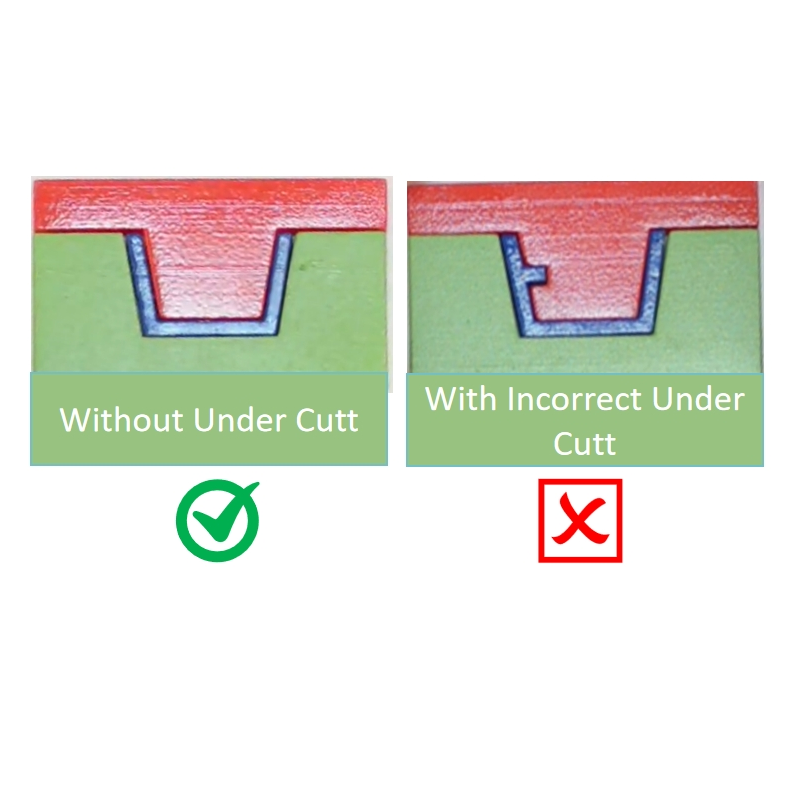
When Are Undercuts Necessary in Injection Molding?
Several design scenarios call for undercuts, including:
– Vertical Threads: Commonly used in bolts and screws, vertical threads require undercut injection molding to ensure proper assembly of multiple interconnected components.
– Custom Inserts: The undercut process allows for the creation of specialized inserts that fit seamlessly into larger parts, particularly in applications like medical devices where precision is critical. These inserts can replace traditional fasteners, providing a secure connection between two components.
– Side Holes: Undercut injection molding is ideal for producing side holes, which are often challenging to achieve with conventional manufacturing methods. These holes serve various functions, such as mounting components or facilitating heat venting within products.
– Barb Fittings: In barb fittings, undercuts create a lip on male components, ensuring a secure connection to female counterparts.
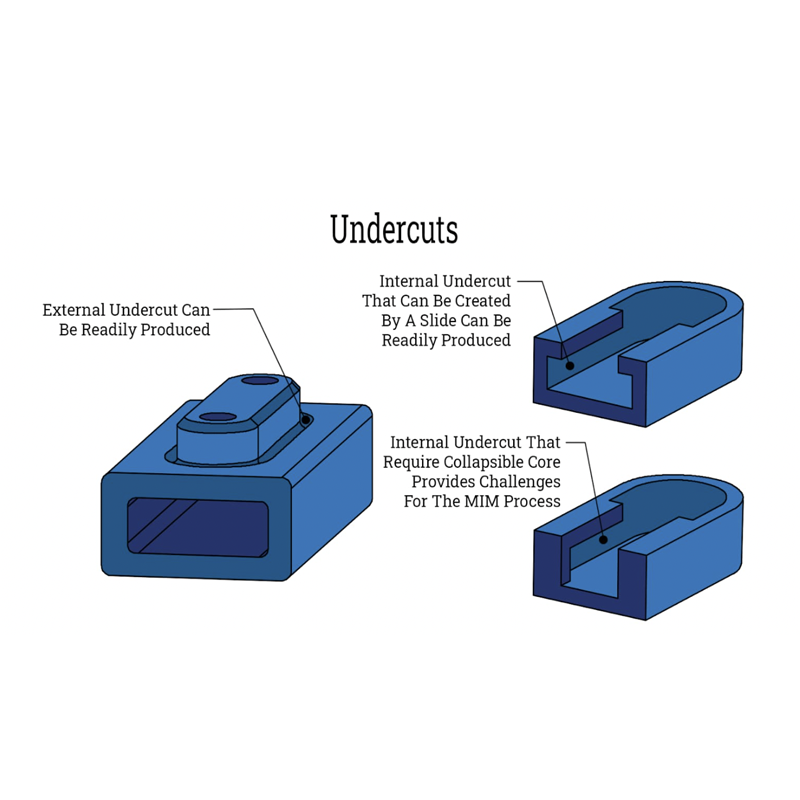
Achieving Success with Undercut Designs in Injection Molded Parts
Successfully managing undercuts can be complex, but several strategies can simplify the process:
– Adjusting Parting Lines: By repositioning the mold’s parting line to encompass an undercut, manufacturers can facilitate easier part removal. This technique involves strategically aligning the parting line with the feature, reducing the need for undercut designs. However, limitations exist based on part geometry and plastic flow dynamics.
– Utilizing Side Actions: In cases where undercuts are essential, implementing side-action cores can preserve part functionality. These inserts slide out during ejection, allowing for the formation of undercuts without complicating the overall mold design. However, side actions can increase tooling costs and complexity, and may not be suitable for softer plastics.
– Incorporating Sliding Shutoffs: These mechanisms simplify mold design by allowing features to lock together without requiring additional complexity. Sliding shutoffs can replace side actions and inserts, streamlining production and reducing costs. It’s crucial to maintain a minimum draft angle for effective operation.
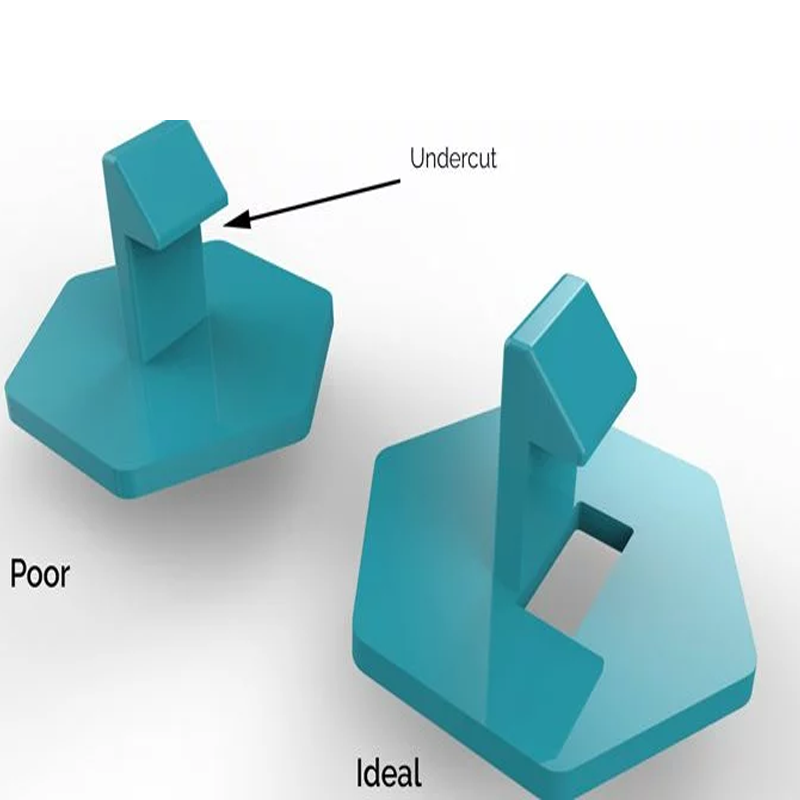
– Implementing Bump-Offs: This technique is effective for creating snap-fit components, where an insert is machined into the mold to accommodate an undercut. During ejection, the material compresses, allowing for smooth release. Proper elasticity and lead angles are essential for successful implementation.
– Opting for Hand-Loaded Inserts: Hand-loaded metal inserts prevent plastic from filling specific areas, enabling the creation of undercuts. While this manual process can extend lead times, it provides precise control over the molding outcome.
– Conducting Secondary Operations: Instead of altering mold designs, secondary operations like drilling or milling can achieve undercut features post-molding. This method can be cost-effective for prototyping or low-volume production runs.
Applications of Undercuts in Various Industries
Undercut injection molding is prevalent across numerous sectors, facilitating the production of parts that are easy for end-users to assemble:
– Medical Devices: In catheters, undercuts enable secure connections and intricate features essential for functionality.
– Consumer Electronics: Undercuts in smartphone cases provide secure attachment points for internal components, while housings for electronic devices may utilize them for assembly and ventilation.
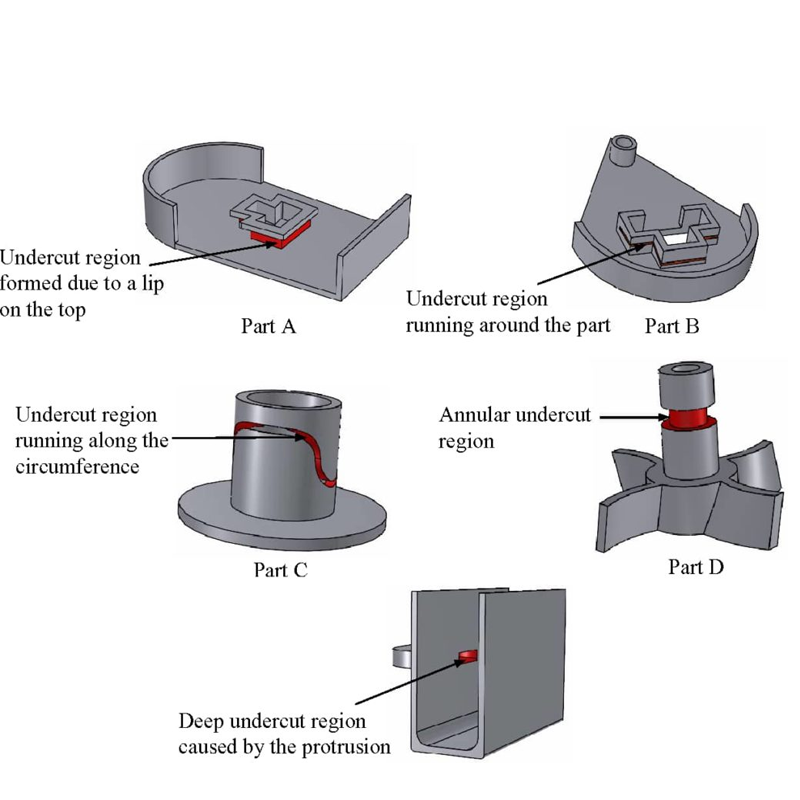
Challenges Associated with Undercuts in Injection Molding
– Difficult Part Ejection: The complexity introduced by undercuts complicates the ejection process, making it challenging to release molded parts without damage.
– Complex Mold Design: Molds designed for undercuts require careful planning and implementation of sliding mechanisms, inserts, and other specialized features, increasing design intricacy.
Conclusion
Incorporating undercuts into your design can serve various purposes, but it’s crucial to understand the implications for moldability in injection molding. Whether dealing with straightforward designs or intricate undercuts, precise geometric specifications are vital to ensure optimal plastic flow and minimize defects. The undercut injection molding process presents unique challenges that demand expertise and advanced capabilities, which a qualified manufacturing partner can provide. Toolingsun offers cutting-edge equipment and a skilled team to help you navigate these complexities while optimizing your part designs for efficiency and cost-effectiveness.

